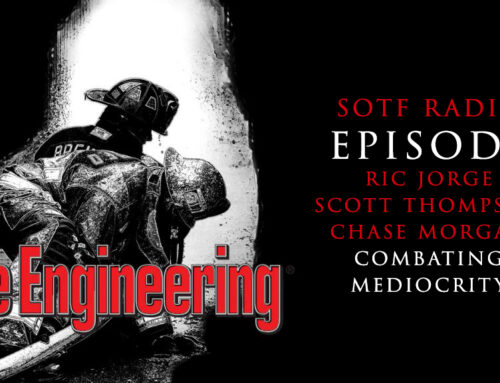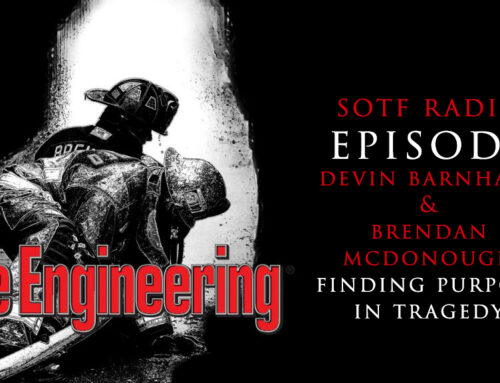Pediatric hand friction injuries caused by running treadmills are ever more prevalent due to the increasing presence of home exercise equipment. These and other related injuries have received recent attention in the media, leading to mass product recalls in some cases. These friction injuries are similar to deep thermal burns and these patients are usually cared for in the pediatric burn unit at our institution. We sought to describe our recent experience managing 22 patients with these injuries.
Patients were queried from our urban pediatric burn center database. After IRB approval, a retrospective chart review of all patients admitted for a treadmill-related hand injury over a 5-year period was performed. Data collected included patient demographics, initial treatment methods (surgical vs. non-operative), type of dressing used, hospital length of stay (LOS), and compliance with follow-up. We collected patient-centered outcomes included the time to healing and the need for subsequent surgical and/or non-surgical interventions to treat the sequelae of these injuries.
Our center treated 22 hand friction injuries caused by treadmills over the 5-year period. Five patients (23%) underwent early surgical intervention (<30 days from injury), with a median time from injury of 7 days (IQR 1.75-13.5). This cohort required additional interventions to treat postoperative sequelae with 2 (40%) requiring additional surgery and 3 (60%) managed non-surgically. Of the 17 (77%) who were initially treatednon-operatively , 5 (29%) healed completely with dressing changes only and required no further treatment. Eleven (65%) had injury-related sequelae and were managed successfully with non-surgical interventions. Only 1 patient (6%) required scar modification by z-plasty. Average LOS was 14 hours and median number of weekly follow-up visits was 4 until complete healing.
Given the excellent outcomes observed in patients treated without acute surgical intervention in this case series, non-operative non-operative management appears to be feasible, safe and may reduce the need for operative intervention. These injuries, although small, are deep and require a prolonged period of dressing changes and aggressive therapy including post-healing time commitment to scar management in order to achieve best outcomes. Our study supports the need for increased community awareness of this type of injury.




